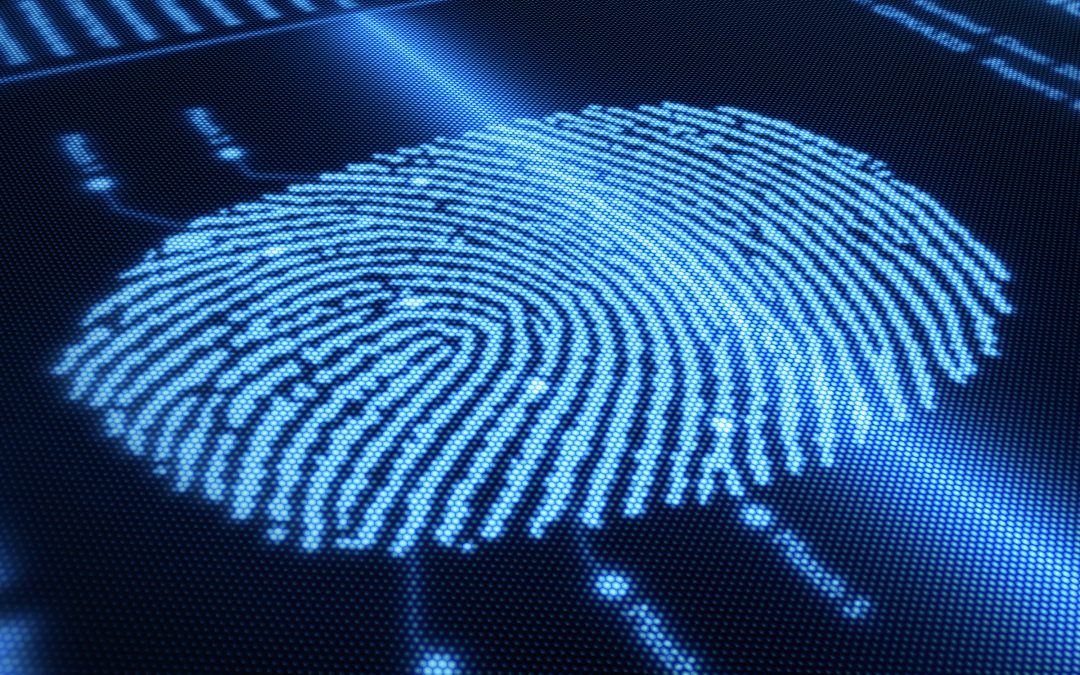
In today’s day and age our government can accumulate information on anyone. Details regarding someone’s family, medical, financial, housing, education and criminal history can be accessed at the touch of a button. Background checks are the most common way that employers, landlords, homeowners or nonprofit foundations find information about future candidates, renters or volunteers. There is however another way that all this information is being logged. Fingerprinting.
According to Fingerprint America, fingerprinting has been used dating all the way back to 1000 B.C.. In ancient Babylon, fingerprints were used on clay tablets for business transactions. It wasn’t until 1903 that fingerprinting technology became widespread in America. From this point, police departments, prison systems, and eventually the U.S. Army began using it as way to track, identify and background check people.
Not only did this create another way for people’s individual records to be kept, but it was also a safeguard to help eliminate mistakes and false identifications. The misspelling of a name, a misplaced number in a phone or social security sequence or someone with the same name could easily result in a false accusation. To help eliminate this problem fingerprinting became a part of screening and background checking individuals. According to The Law Dictionary, any data collected through written forms or spoken answers will be listed in your fingerprint. All of these records are then linked to your fingerprint and stored with the Federal Bureau of Investigation (FBI).
But why the finger? Wouldn’t scanning someone’s facial features or using their DNA be more reliable? According to Doctor Axel Glaesner, head of AFIS DNA Services, the fingerprint is the most reliable human characteristic, because it is not identical to anyone else’s and it also undergoes the least amount of change over a human’s lifetime. Facial features will change and can be changed. Even identical twins can change their facial features. However, even though identical twins may look the same they still have different fingerprints. Although nothing is 100% mistake proof, the “General Position of Fingerprint Evidence” by the Interpol European Expert Group stated that fingerprints harvested from crime scenes have led to more suspects and have generated more evidence in the courtroom than all other forensic laboratory techniques combined.
The reason that fingerprinting has become so successful is because it changed the nature of solving crimes. Dating back to the beginning of mankind, and for as long as humans will be on this earth, when someone is committing a crime their main goal is to keep their identity hidden. Their identity, however, can be completely exposed in the simple finding of their fingerprint at the crime scene. As technology has evolved it has made finding fingerprints even easier. Some cases have even found fingerprints through gloves.
The investigative world is ever changing and will constantly come out with new ways of finding and logging information on individuals. Regardless of what changes, fingerprinting will continue to be a necessary part of the prescreening process. If you need to schedule a fingerprinting appointment and are in the Northern Illinois area visit Identogo.com or call Morphotrust at 1-800-377-2080.
By: Christa Vandenburgh

